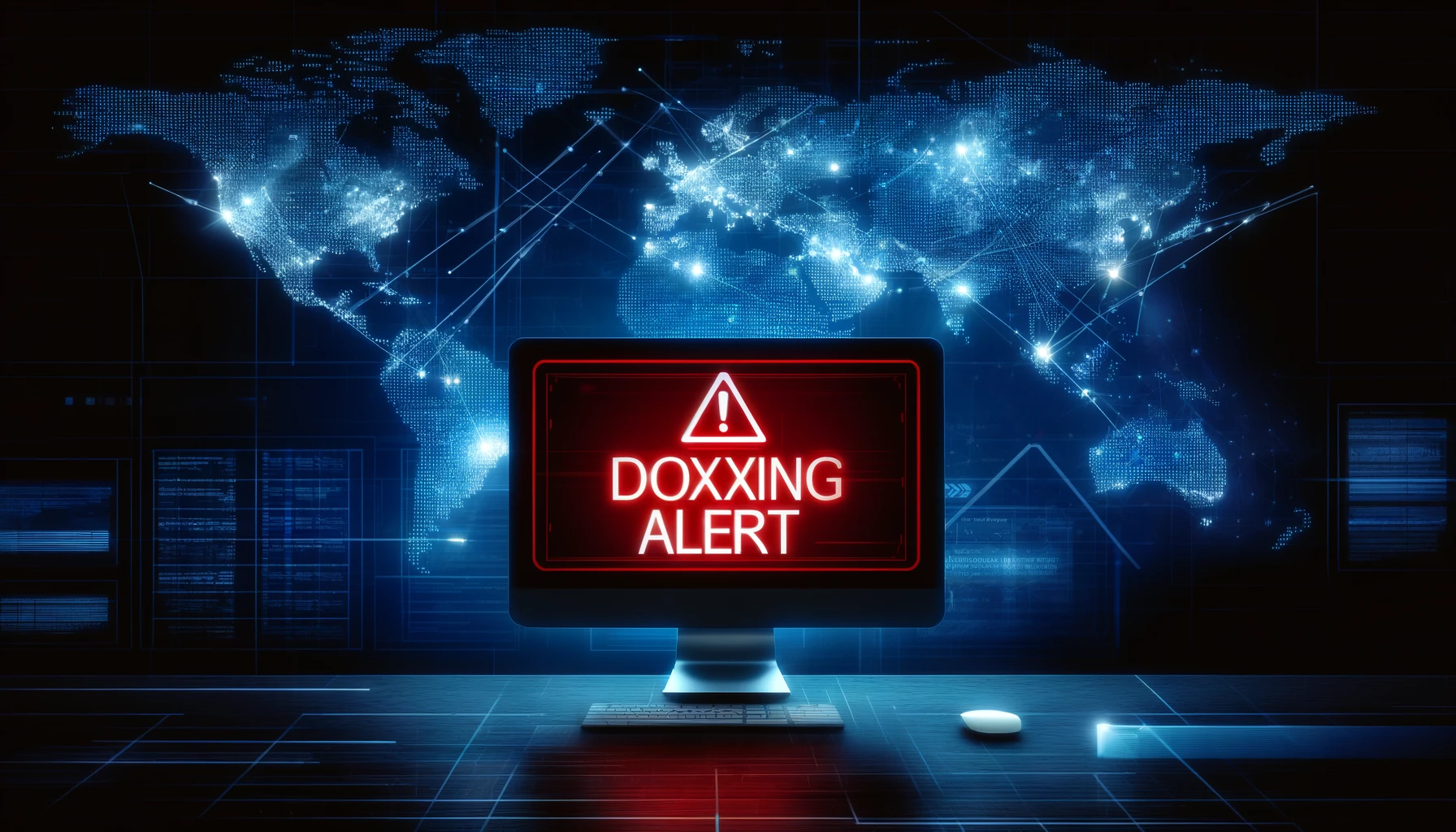Understanding Doxxing: Risks, Legal Aspects and 5 Tips to Protect Yourself
Understanding Doxxing: Risks, Legalities, and Prevention Strategies
Doxxing may include the violation of one’s privacy, and personal information is usually put on the internet. The term “doxxing” was created from the word “dropping docs” and usually involves unauthorized disclosure of a person’s name, address, phone number, and other personal details. In the context of cybersecurity, doxxing is more often perceived as an attack aimed to do harm. This article discusses what doxxing really is, what it involves, how it is legally treated, and means of protection from this threat.

What is Doxxing?
The act of doxxing can, therefore, generally be defined as the public exposure of an individual’s private information without his or her consent. It is usually affected through, though not limited to, the World Wide Web or mobile phones, using a medium like social network sites, forum sites, or blogs. The purpose of doxxing is to hurt, threaten, the targeted person, or to make him ashamed. Most of the time, it even breaches a person’s right to privacy, which leaves the person open to risk.
What Information is Shared in Doxxing?
Information shared in doxxing activities may range widely. Most frequently, the following information is shared:
- Full name and surname
- Home address
- Workplace address
- Phone numbers
- Email addresses
- Photos and videos
- Information about family members and close relationships
- Financial information
- Identity information such as social security number Disclosing this information can cause psychological, social or even physical harm to the target person.
What is the Legal Status of Doxxing?
Doxxing is even punishable by law in most countries. In countries or jurisdictions that have placed a very high premium on personal data and privacy, such acts could even meet stiff penalties. The legal standing of doxxing is highly variable, according to the country and region of residence. In general, doxxing is recognized as an unauthorized use of personal data and a revelation of somebody’s private life; therefore, liable to criminal prosecution.
If we give an example from real life, in the context of cybersecurity, most doxxing refers to the purposeful and detrimental publication of private information over the internet. This process can truly take place in many different scenarios; however, it does normally follow the same method. Here is a detailed example of such a scenario for illustration:

Doxxing Example Scenario: Online Discussion Ends Badly Characters and Context:
- Alex: A person who contributes very much in the forum, has very strong views on issues, tends to be more political in nature.
- Jennifer: Another user who participates in the same forum as Alex and often disagrees with his views.
Event Structure:
- Start of the Discussion: Alex and Jennifer were having an online discussion about political ideologies in a forum. The topic grew personal.
- Escalation of the Debate: Jennifer doesn’t like Alex’s ideas, and she decides to give him a little lecture. Read closely through the information he has posted on his profile and the content he shared before this assignment.
- Information Gathering: It is from this that Jennifer finds out the full name of Alex, the city where he stays, and the company that he works for based on previous postings made by Alex and on other media that are found online.
- Doxxing Action: Jennifer shared the information from her through the general forum thread with the title “This person needs to see their true colors!” In the post, she mentioned the full name of Alex, including the information about his place of work and even some personal photos.
- Results: The post was very quickly diffused, and Alex began to feel this social threat in his place of work and in the social environment. It has induced in Alex psychological stress and threats to his safety from the distribution of doxing information against him.
Conclusion: This is doxxing, plain and simple: Jennifer outed private information about Alex without his consent and with clear intent for harm. It violates personal privacy, and such actions can amount to various legal consequences. Therefore, doxxing is a common threat, and hence prevention is necessary.
Ways to Prevent Doxxing
Here are some measures that can be taken to protect against the threat of doxxing:
- Limit Sharing: Share less of your personal information with the world through social media and other outlets on the web.
- Strong Privacy Settings: This will make the level of your privacy settings maximized on the platforms you used, and controlling the one who may see the information.
- Password Security: Use strong and different passwords for different accounts. Enable two-factor authentication.
- Monitor Digital Footprint: Regularly check the web for your personal info and clear out or report any unwanted content. Seek Legal Remedy: If at all you are subjected to doxxing, you are supposed to seek the relevant redress to get legal support.

